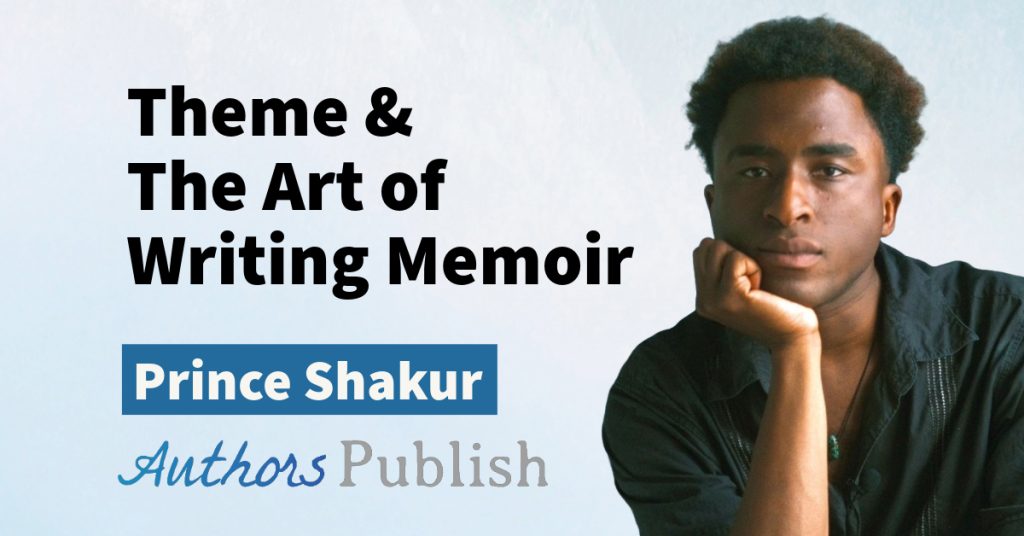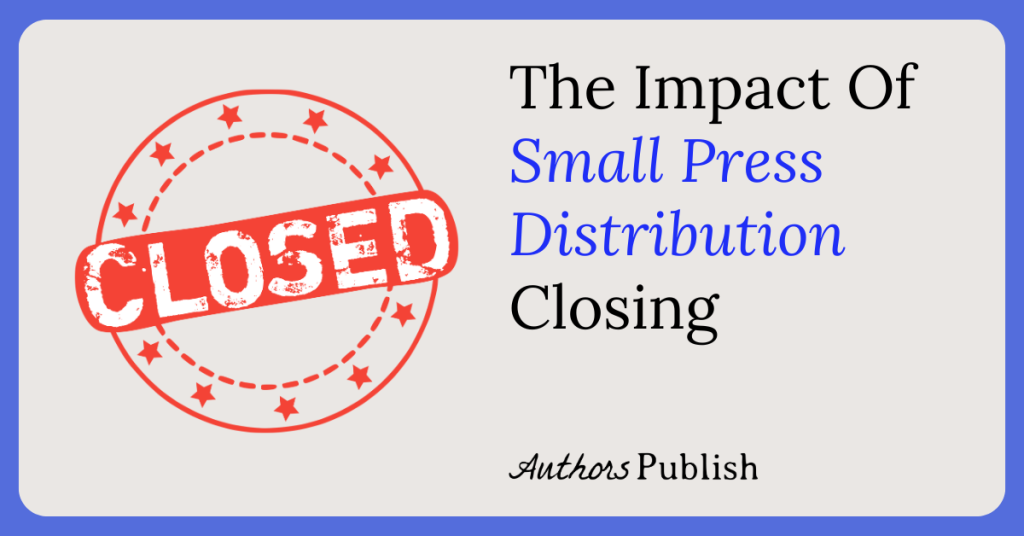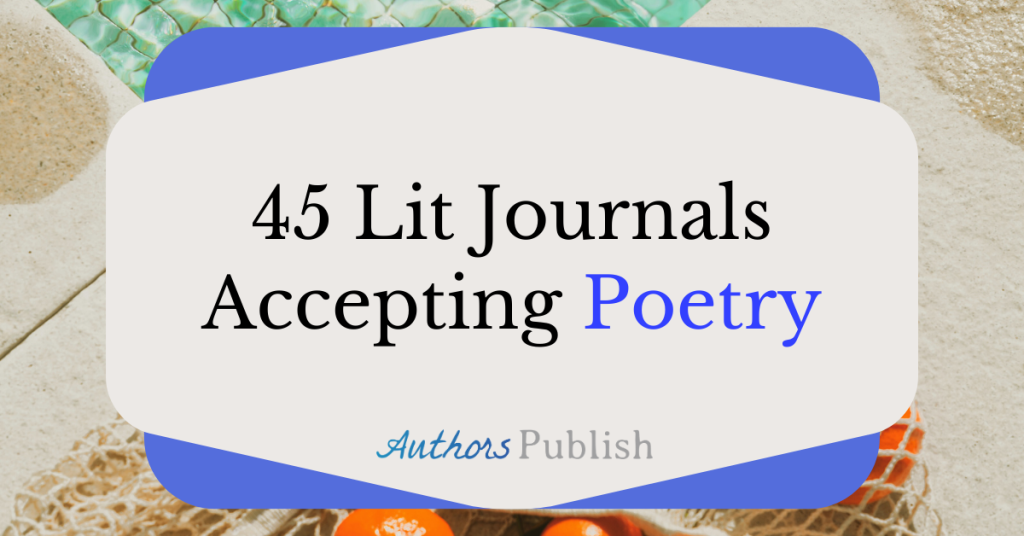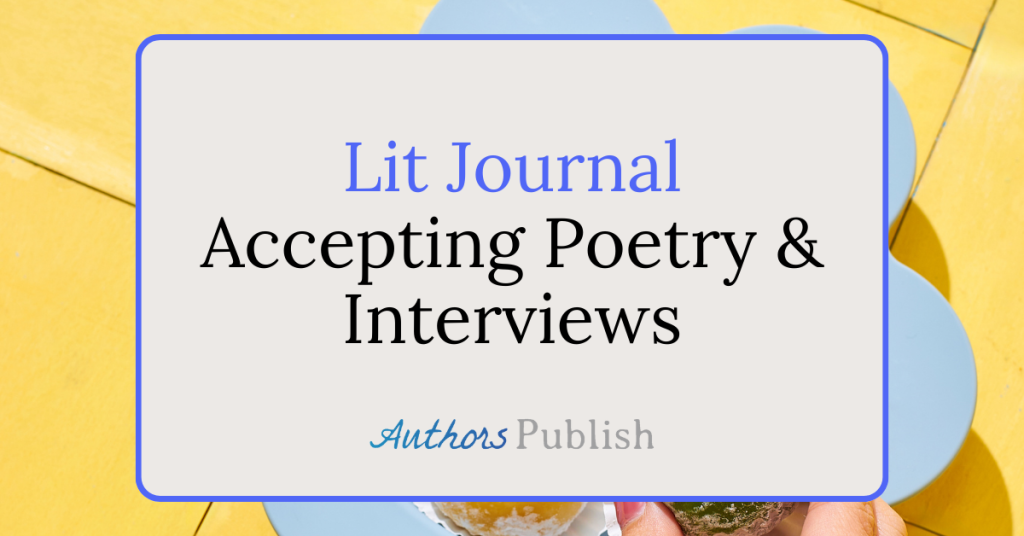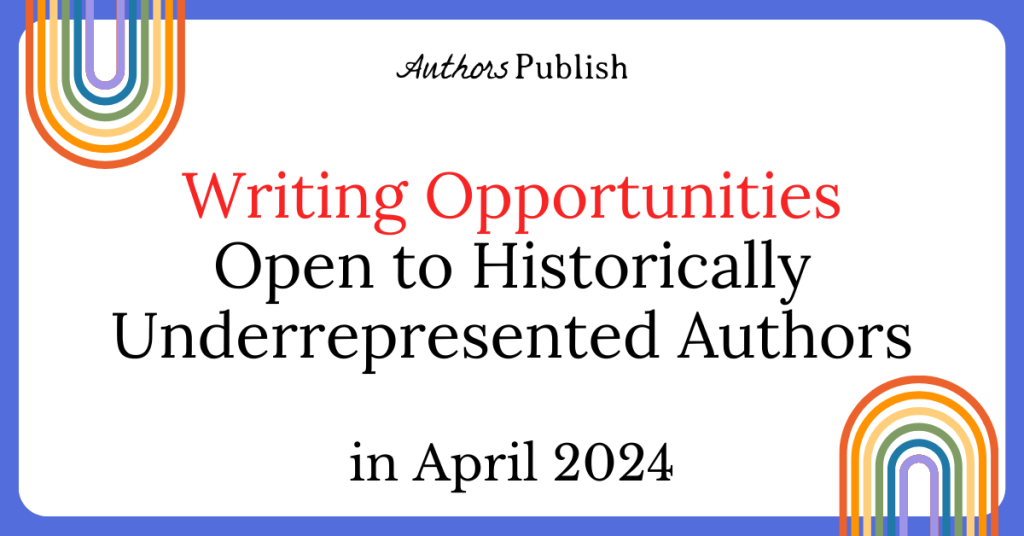When you read submission guidelines, which vary from literary journal to literary journal, almost all of them will require that you include a brief biographical statement (or bio). Usually they require that the bio is in the third person and to be 50 words or less.
These bios are tricky to write. It is hard to describe one’s life using 50 words or less. And frankly, you are better off not doing it. The editor of the journal does not care if you have been twice divorced, and neither does the reading public.
My personal ideal for a good bio is to mention one interesting personal fact. And then focus the rest of the bio on the area where writing and life intersect.
But they might be interested in knowing that you’ve moved 15 times in the last year, own a cat named John Irving. In short it is good to include information that’s intriguing but not too personal.
I am all for including one or occasionally two personal details, but I prefer that they relate indirectly to your writing. For example when I was submitting a lot of geographically themed poems I included the line “Emily Harstone just moved for the 18th time”.
Another fact worth considering including in your bio is what you actually do for a living. Most writers don’t write for a living. They do something else to pay the bills. Mentioning what that is can easily add complexity to your bio. Although it might affect the way your submission is considered. For example mentioning that you are a lawyer in the bio would have a different effect than mentioning that you are a stripper.
Most writers focus the bulk of their (very short) bio on writing. This is often a good thing. Although that can be tricky too. The biggest pitfalls is just mentioning the same things as every other writer. For example I once scanned through a literary journal and every single contributor’s bio included the fact that they had an MFA (a Masters of Fine Arts degree). The schools they attended varied, but that single fact repeated over and over again got to me. Right after reading all of those bios, I removed the fact that I have an MFA from my bio.
The other issue is mentioning too many literary journals that you have been published in. When you are first starting out this seems like a good problem to have. And once your work has been published, you should include some of the most recent or prestigious journals in your biographical statement.
However, you should not include all of them, that would just be overwhelming and also boring. As a general rule of thumb I never include the names of more than five literary journals. Usually I limit it to three.
Some authors don’t bother mentioning the names of all the literary journals they have been published in. Their bios instead they say something like this “Their work has been published in over a hundred literary journals.” If you are just starting out, that sounds impressive, but quality is much more important than quantity when it comes to literary journals. It would be much better to name the three best literary journals you have been published in than to refer to all one hundred (or more).
Below are two examples of biographical statements of less than 50 words, one contains journal names, one does not.
Sample Bio 1:
Maria Smith resides in the rural Pacific Northwest. Her work has appeared or is forthcoming in numerous places, including: Tin House, The Liner, and Echolocation, and the anthology Tidelines. Her second chapbook Pancakes for Dinner is forthcoming in 2020 from Hawthorne Press.
Sample Bio 2:
Joshua Thomas is a poet, editor, and recovering New Yorker who now lives in Idaho. Joshua once wrote a sonnet every hour for twenty-four hours straight. He loves to hike, cook, and read.
I always include a link to my website as part of my bio. That way readers who like my writing can learn more about me (and possibly purchase a book or two).
Once I write a bio I am happy with, I use it for about a year. I submit the same bio with most of my submissions. After a year has passed, I write a new one.
Remember, it is important to keep in mind who is seeing the bio. First the editor sees it (if they do blind submissions the editor might not see the bio till right before the issue published), and then the readers of the literary journals.
In a larger journal the bio is usually read after the poem. It is generally not a deciding factor in terms of weather or not your work will be published, but it sometimes can factor in, subconsciously or consciously.
You want your bio to be short, professional, and to appeal to both the editors and the readers. I know that might seem like a tough task, but it gets a lot easier with time and practice.
Emily Harstone is the pen name of an author whose work has been published internationally by a number of respected journals. She is a professional submissions adviser and spends much of her time researching manuscript publishers. She ocassionaly teaches a course on manuscript publishing for novelists. You can follow her on Facebook here.

